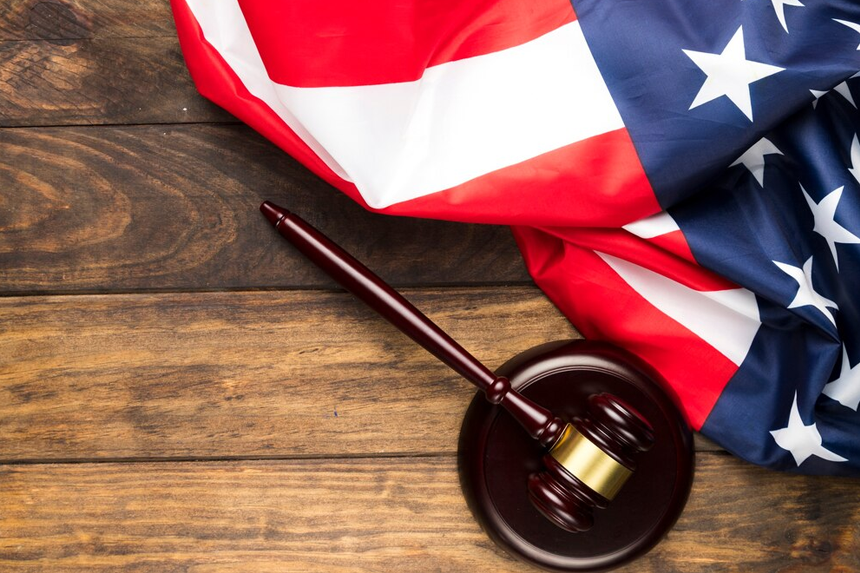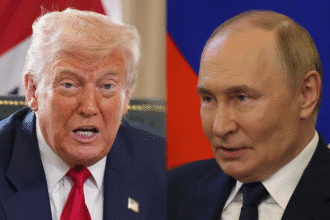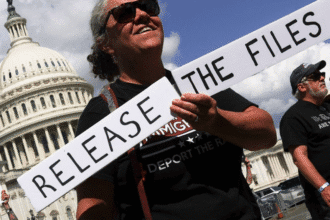With an emergency appeal to the highest court in the country over his choice to dismiss the head of an independent whistleblowing agency, President Donald Trump’s ambitions to shrink the federal bureaucracy have now reached the U.S. Supreme Court. Hampton Dellinger, who was taken from his post as head of the U.S. Office of Special Counsel, is central in the legal conflict. Dellinger, who was nominated by President Joe Biden, says that his firing violates a law designed to safeguard leaders of independent agencies from being removed by the president unless they are accused of ignoring duties, participating in wrongdoing, or being inefficient.
Dellinger sued the Trump government in response to his being let go. A temporary injunction issued by a federal judge in Washington D.C. let Dellinger keep his post while the matter is under examination. This court action is part of a bigger campaign to fight President Trump’s ongoing attempts to alter the federal bureaucracy.
Why is the Supreme Court Involved in the Case?
The Department of Justice filed an emergency appeal to the Supreme Court following a split decision by the U.S. Court of Appeals in the nation’s capital rejecting the Trump administration’s demand to supersede the lower court’s finding. This is the first lawsuit President Trump has brought before the justices since taking office. The administration argues that the president must have the power to remove agency heads at his discretion. Acting solicitor general Sarah M. Harris noted in the filing: “this court should not allow lower courts to seize executive power by dictating to the president how long he must continue employing an agency head against his will.”
Harris stressed that, “until now, as far as we are aware, no court in American history has wielded an injunction to force the president to retain an agency head.”
Other initiatives aiming at shrinking the federal workforce?
The president’s legal challenges come amid his continued efforts to decrease the size and cost of the 2.3 million-strong civilian federal workforce. Trump carried on his cost-cutting campaign over the weekend, telling thousands of federal workers their employment was being eliminated. Employees at several health agencies still within their probationary periods were sent letters alerting them that they will be put go. The letters, according to sources, read: “Unfortunately, the agency finds that you are not fit for continued employment because your ability, knowledge, and skills do not fit the agency’s current needs, and your performance has not been adequate to justify further employment at the agency.”
This mass firing is part of Trump’s broader plan to shrink the federal bureaucracy.
How Many Workers Have Been Affected by Trump’s Terminations?
More than 9,500 federal employees from the departments of Health and Human Services, Energy, Veterans Affairs, Interior, and Agriculture have been let go according to reports. In addition to those dismissed, another 75,000 workers have accepted buyouts offered by the White House in a bid to shrink the size of the federal workforce.
These actions fit Trump’s larger initiatives to simplify federal processes. Leading the task team in charge of executing these modifications, Elon Musk under the Department of Government Efficiency (Doge) has been at the vanguard of these cuts.
What wider consequences follow from these actions?
Significant debate has erupted from Trump’s attempts to reorganize the government workforce and eliminate leaders of autonomous agencies. Critics contend that these actions compromise agency independence and might have long-lasting consequences on the caliber and potency of government operations. The legal challenges will certainly continue to define the debate about the president’s authority to oversee the federal bureaucracy, with the outcome of this case playing a critical role.
Trump’s larger effort to overhaul the federal bureaucracy and cut spending is already subject to several lawsuits, especially surrounding issues like immigration, transgender rights, and government expenditure, as the court struggle underlines. The Supreme Court could ultimately review several of these issues as well.








